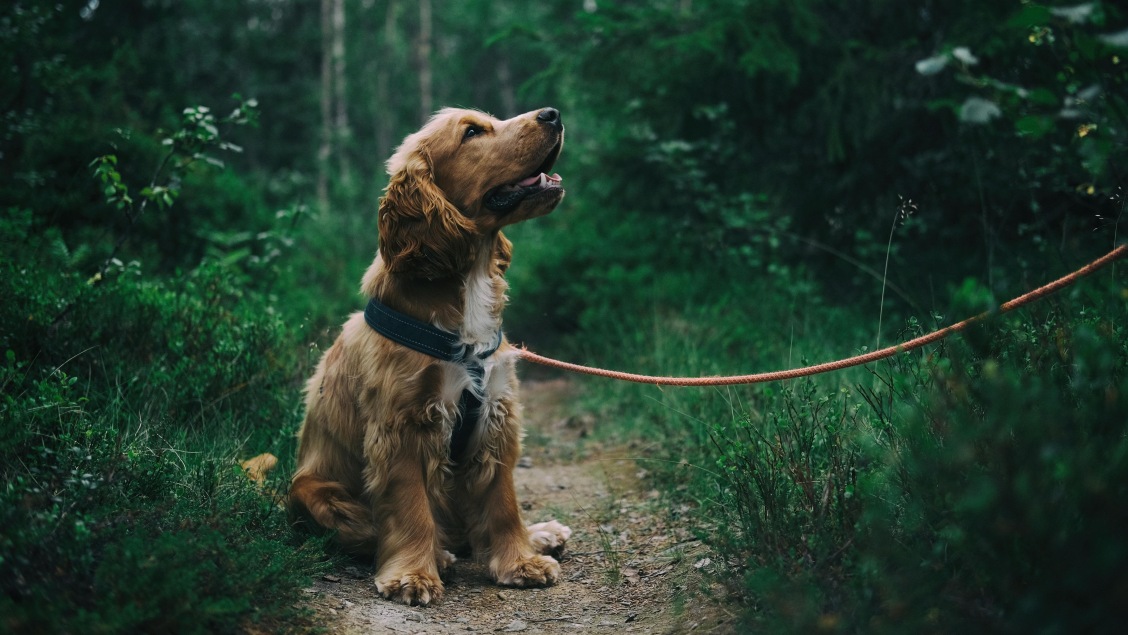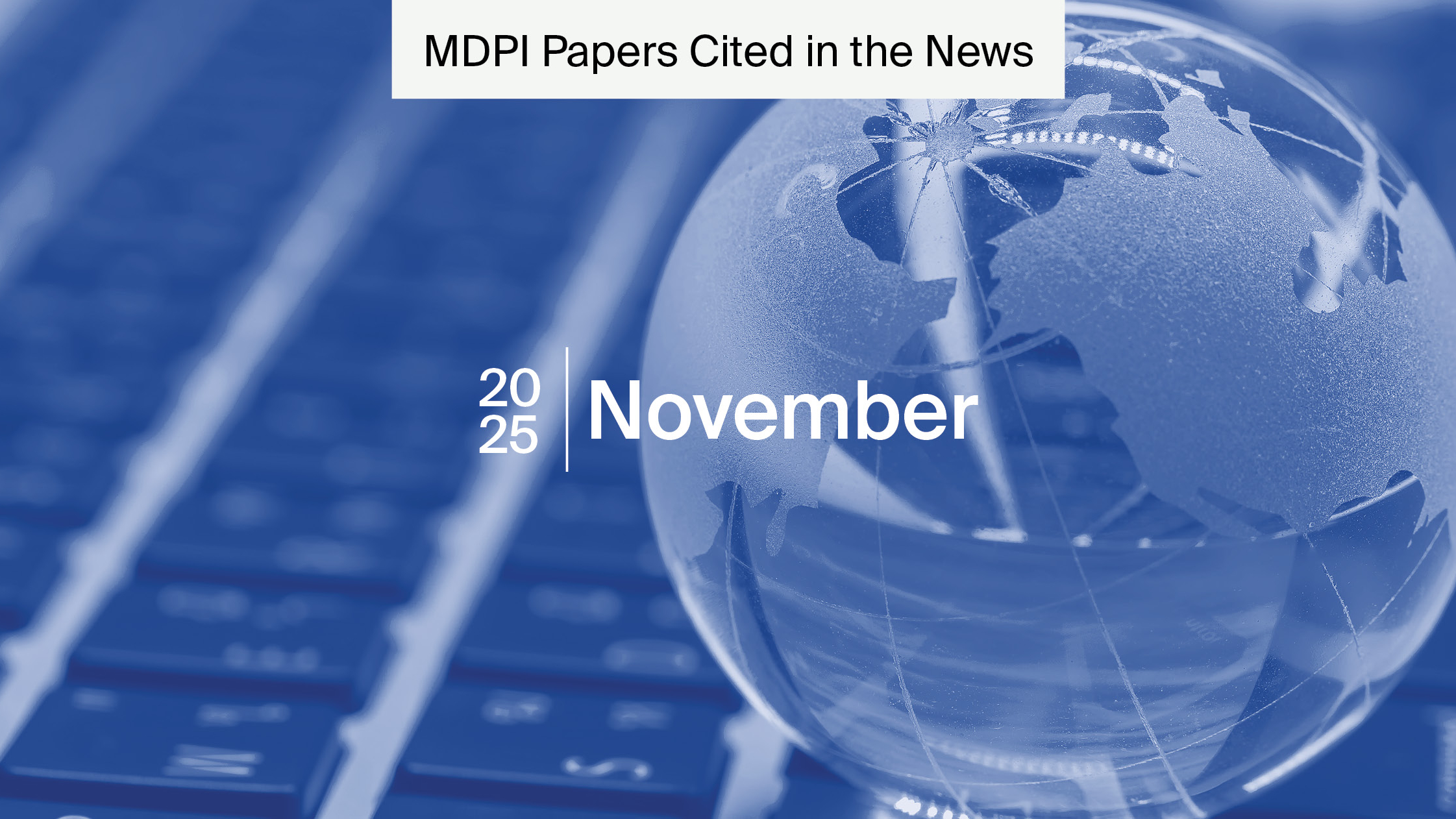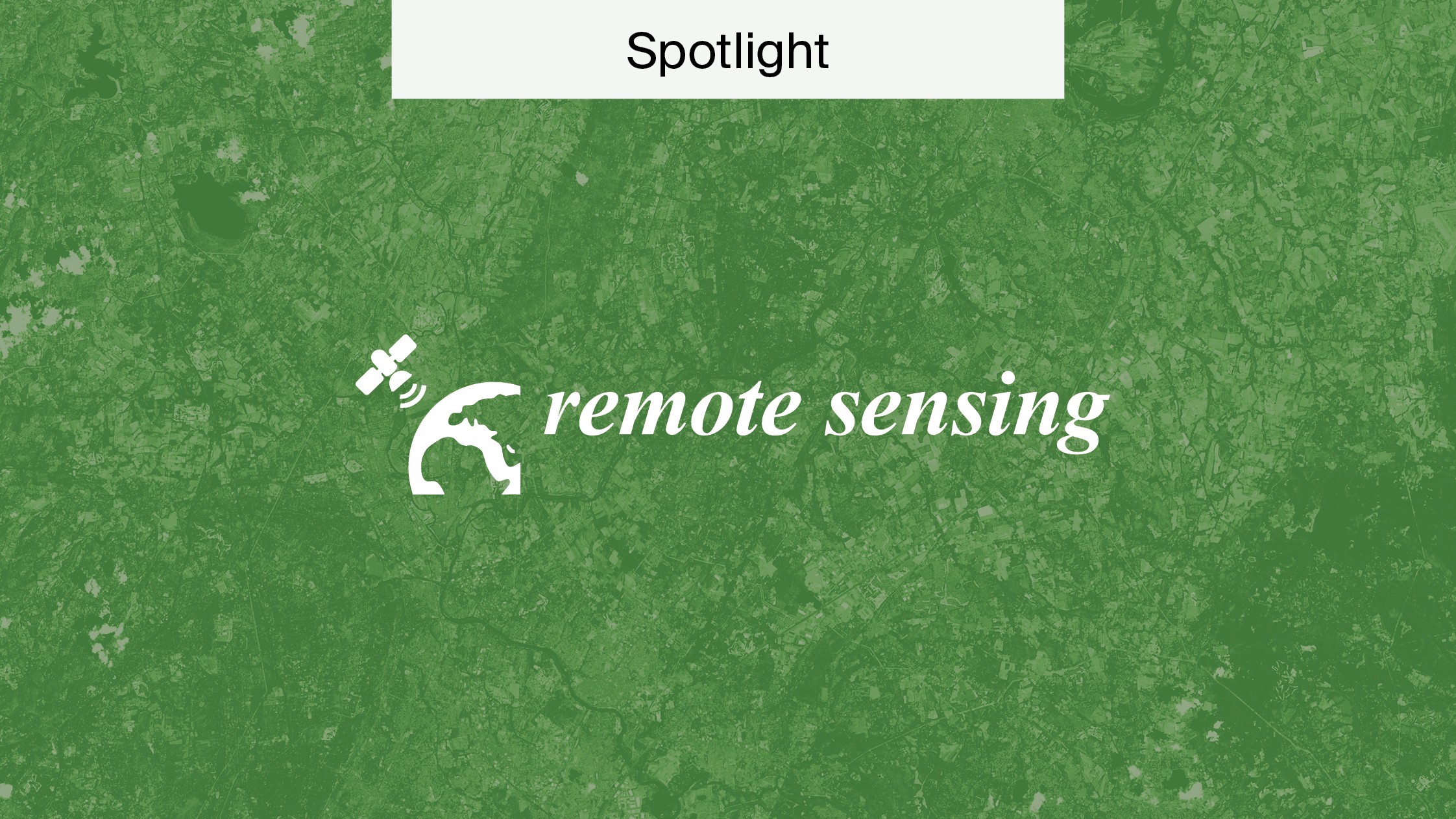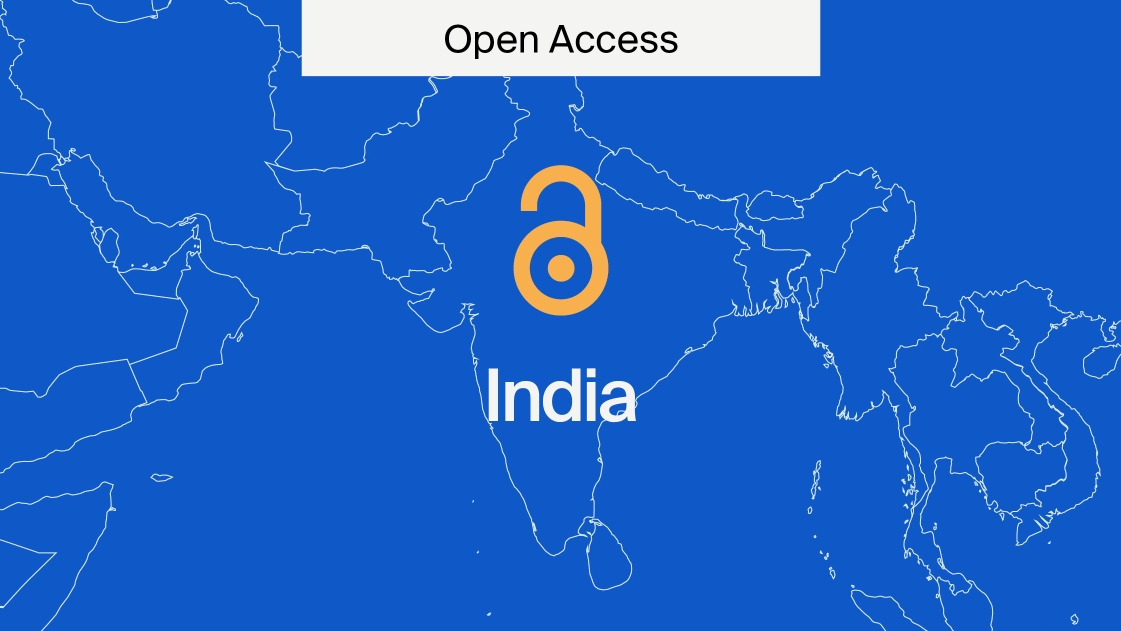
Open Access in the EU
The European Union (EU) has a range of initiatives dedicated to establishing Open Access as the norm in scientific publishing. These are part of its research and innovation strategy. Here, we’ll explore the EU’s Open Access policy in the context of its wider goals.
The EU defines Open Access as “the practice of providing online access to scientific information that is free of charge to the user and is reusable”. This is primarily in the form of peer-reviewed scientific publications, usually articles in academic journals, and scientific research data.
The EU essentially argues that Open Access contributes to better and more efficient science and can deliver more innovation in the public and private sectors. Therefore, EU sees Open Access as key tool for its overall research and innovation strategy.
Horizon Europe Strategic Plan 2025–2027
The second Horizon Europe Strategic Plan seeks to address key global issues such as climate change, loss of biodiversity, the digital transition, and an aging population.
The plan sets out three strategic oriesntations for research and innovation investment:
- Green transition.
- Digital transition.
- A more resilient, competitive, inclusive, and democratic Europe.
The EU recognised that Open Access is key to enabling this strategy back in 2012.
Commission recommendations
In 2007, an EU report on scientific information in the digital age concluded by encouraging experimentation with Open Access. Later, in 2012, a report was released, with recommendations on the access to and preservation of scientific information, that specifically called for publicly funded research to be Open Access.
Open Access, the report claims, is necessary for developing an economy based on knowledge and innovation, and to make the most of Europe’s research potential. Moreover, it responds to calls across the scientific community for greater access to information.
Ultimately, the report was a sustained call for embracing Open Access across Europe. It concluded with some future aims:
- Defining clear Open Access policy.
- Ensuring institutions implement it.
- Developing infrastructure.
- Establishing national points of reference.
Horizon 2020
The 2012 recommendations were applied in the EU’s research and innovation funding programme, Horizon 2020. The programme ran from 2014 to 2020 and provided grants to projects through open and competitive calls for proposals. The budget was €80 billion.
Horizon 2020 made Open Access mandatory for all the projects that it funded. And the achievements it celebrated in 2020 are as follows:
- More investments
- Strengthened policy and legal frameworks.
- Improved information and knowledge.
- Enhanced education and awareness.
- Higher priority of pollution reduction and prevention.
- Contribution to establishing green economies.
Horizon Europe
After the success of Horizon 2020, the EU implemented Horizon Europe. This funding programme will last until 2027 and has a budget of €95.5 billion. Its aims are to facilitate collaboration and strengthen the impact of research and innovation in developing, supporting, and implementing EU policies whilst tackling global challenges.
Accordingly, Open Access continues to be mandatory for researchers receiving funding. This enables Horizon Europe to support the “creating and better dispersing of excellent knowledge and technologies”. Its aims revolve around tackling climate change, achieving the UN’s Sustainable Development Goals (SDGs), and boosting the EU’s competitiveness and growth.
Additionally, it strives to simplify its funding model. This includes creating more consistent rules regarding Open Access and greater transparency, which will serve as a model for the implementation of Open Access internationally.
cOAlition S and Plan S
Alongside Horizon, in 2018, the EU supported a group of national research funding organisations in launching cOAlition S, which is built around Plan S. This aims at “making full and immediate Open Access a plan”.
From 2021, Plan S mandates “full and immediate Open Access to peer-reviewed scholarly publications from research funded by public and private grants”. This is supported by ten principles that address copyright, transparency, and criteria, among other things. This can be seen as addressing the aims of Horizon Europe to streamline Open Access policy.
Furthermore, cOAlition S provides guidance for implementing Open Access, news about the movement, and two services for scholars, the Journal Comparison Service and the Journal Checker Tool.
Assessing Plan S in 2024
In 2024, Plan S shared a study conducted independently to assess whether the initiative has been a success so far.
When looking at what the initiative succeeded in, the report identified various things:
- Plan S identified the right levers to pull, i.e., agreeing on common policy for scholarly communication.
- Plan S remained flexible in its approach.
- Plan S paid attention to issues beyond the geographical bounds of the EU.
- Plan had a clear and inclusive communication strategy.
However, when identifying issues with the initiative, the study outlined:
- Researchers remain largely unaware of the initiative.
- Plan S is too top-down and abstract.
- The initiative spread itself too thinly.
- It failed to bring more funders on board.
This is a balanced view of the project. Plan S succeeded in shaking up the industry and incited dialogue and focus on Open Access globally. However, it still needs to refine its vision and engage more scholars.
Addressing challenges in scholarly publishing
The Plan S ‘Towards Scholarly Publishing’ proposal set out to achieve a community-based, scholar-led communication ecosystem. Addressing the challenges the academic publishing ecosystem faces is key, namely, publication delays, rising costs, and the limitations of traditional peer review. The proposal explains
This approach will ensure rapid, transparent dissemination of high-quality scientific knowledge.
It aims to achieve this through a set of recommendations centred around publishing openly, reforming research assessment, and making sure authors are responsible for their findings.
The key recommendation is that “All scholarly outputs are shared immediately and openly”, which preprints can contribute to.
cOAlition S consultation on preprints
At an ALPSP seminar we attended in 2024, Robert Kiley, Head of Strategy at cOAlition S, presented findings from a research consultation of 11,000 researchers one year after the Towards Scholarly Publishing proposal.
Preprints represented one of the main concepts that is represented in the data.
The study found that, although publishing preprints is not seen as important as the journal system, 45% of respondents consider sharing preprints as “extremely” or “very useful”.
However, 75% of respondents felt like they were “never” or “sometimes” rewarded for sharing preprints.
Kiley concluded by suggesting that academics simply want recognition for publishing preprints, which they see as highly valuable. Accordingly, he describes the need for funders and institutions to reward responsible publishing, like preprints or open peer review, to incentivise researchers and reward them.
This reflects the expansion of the focus of Plan S from Open Access to open science and reform more broadly.
See our article Benefits of Preprints and Need for Incentives for more information about the conference.
Future trends in EU Open Access policy
As described in Plan S, “the chain” of academic research, “whereby scientific discoveries are built on previously established results, can only work optimally if all research results are made openly available to the scientific community”.
Accordingly, the EU is confidently pursuing Open Access as key to its research and innovation programme, which seeks to address global challenges like climate change and boost societal revolutions through industry and technology.
Horizon Europe’s current programme will continue until 2027 and Plan S remains committed to its 2021 Open Access mandate. Therefore, if you’re a researcher in the EU looking to receive funding, understanding and publishing Open Access is vital to ensure you remain eligible.
Reprioritising Open Access
The Plan S Annual Review 2024 highlights the slowing increase in Open Access uptake and how there were more paywalled articles in 2023 than 2017.
Hence, after 2024, Plan S will be ending its financial support for transformative agreements, focusing on fully Open Access publishing routes.
The emerging strategy will continue implementing the current Plan S policies, i.e., full and immediate Open Access. Furthermore, the strategy will increase or support more equitable and innovative publishing models. These include Diamond OA and Publish–Review–Curate.
The overall strategy seeks to expand to include Open Access to all research outputs, including preprints, data, code, and peer review reports. The report explains
The way forward we propose will seek to accelerate discoveries and maximise the impact of our research by creating a scholarly communication system in which open science is the norm, for the benefit of science and society.
This use of ‘open science’ in this statement could signal that Plan S will become a more comprehensive, open science-focused initiative.
Value of Open Access
Open Access makes vital information accessible to all readers and researchers and brings together scholars from across the world. Thus, it’s ideal for tackling global challenges such as climate change and cancer research that require urgent and coordinated attention.
The EU remains a leader in international Open Access policy.
Publishing Open Access
All articles published by MDPI are made immediately available worldwide under an Open Access license. This means:
- Everyone has free and unlimited access to the full text of all articles published in MDPI journals;
- Everyone is free to re-use the published material if proper accreditation/citation of the original publication is given;
- Open Access publication is supported by the authors’ institutes or research funding agencies by payment of a comparatively low Article Processing Charge (APC) for accepted articles.
Researchers can satisfy the EU’s developing Open Access policy by publishing in an MDPI journal. Alternatively, if you want to publish an early version of your article, try Preprints. This is our service for publishing early versions of research that are not peer-reviewed and report on either ongoing or complete research.
Finally, click here if you want to learn more about Open Access around the world.










